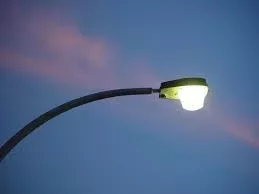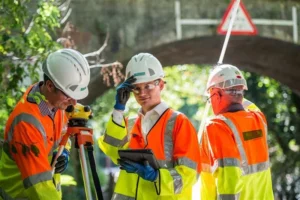Carbon emissions from energy use in street lighting across Worcestershire have reduced by 56% since 2009/10, according to the council.
This is despite an increase in the number of street lights across the county supporting further housing and development.
These carbon reductions have been realised through targeted replacement of street lighting assets with energy efficient LEDs, part-time switch-off of lights on some roads, de-illumination of some traffic signals and switching traffic lights to LED.
Councillor Tony Miller, Cabinet Member for the Environment, said: “Reducing Carbon emissions from street lighting plays a significant part in how the Council will meet our net zero carbon target. We are investing in LED street lighting across the county in an effort to reduce street lighting energy use and associated carbon emissions.
The Council’s Net Zero Carbon Plan outlines our commitment to reducing the Council’s carbon emissions across a number of areas , as well as street lighting, including emissions from waste disposal, council buildings, and through partnership working with contractors.”
To date, the Council has installed 27,700 LED street lights, which have replaced old energy in-efficient and unmaintainable lights. This has saved approximately 2.15 million kWhs since April 2018.
Replacing street lights with long-life LEDs reduces energy consumption by up to 59% and significantly reduces ongoing maintenance costs.
All new traffic lights and upgrades to older traffic lights across the county are carried out using LED technology.
The newer controls use vehicle and pedestrian detection to assess, monitoring patterns of traffic to ensure the best available green time is allocated. This helps to reduce less congestion and pollution.
This reduces traffic light energy consumption on average by 80% and reduces the yearly maintenance required.
The Council’s first Net Zero Carbon Plan was approved towards the end of 2020 and sets out how the Council aims to reach this target.

























